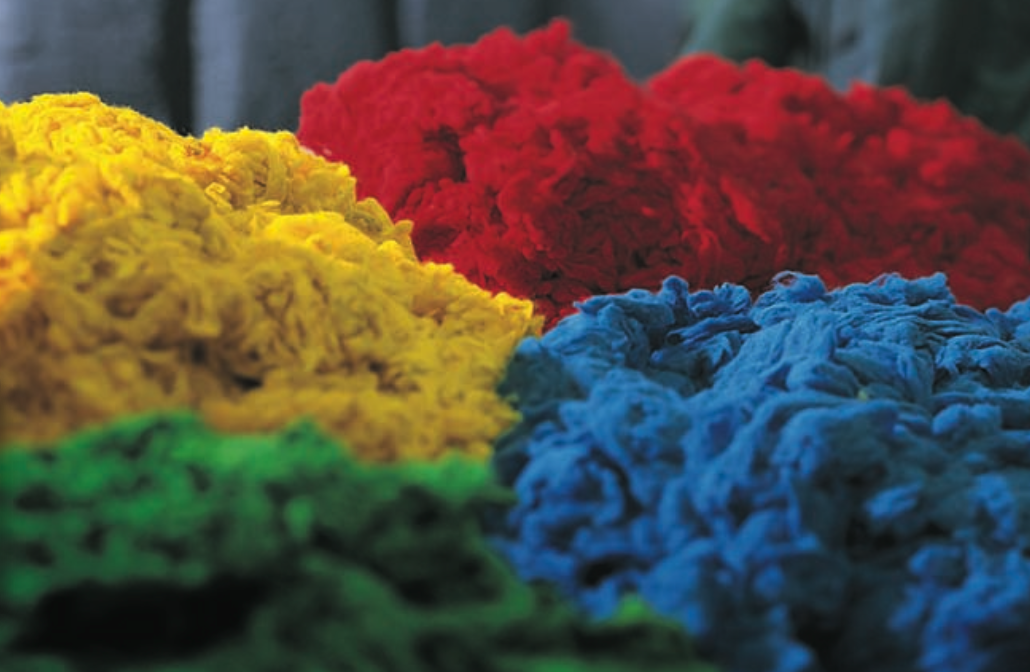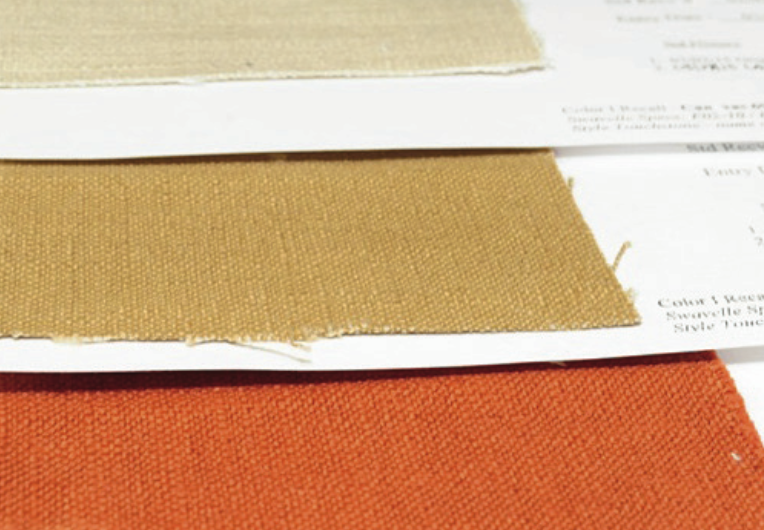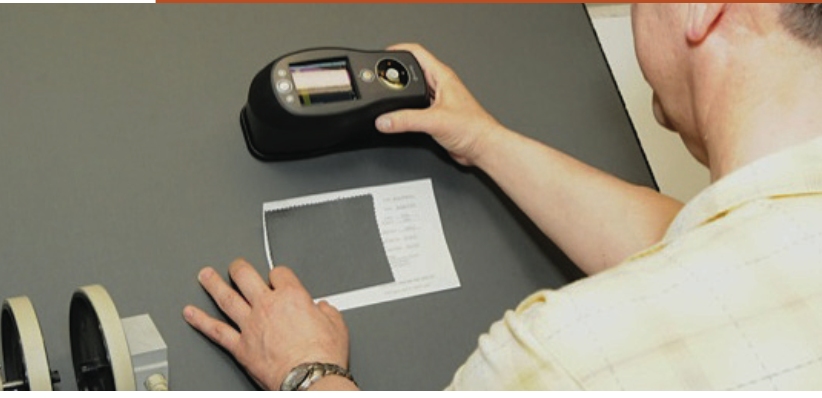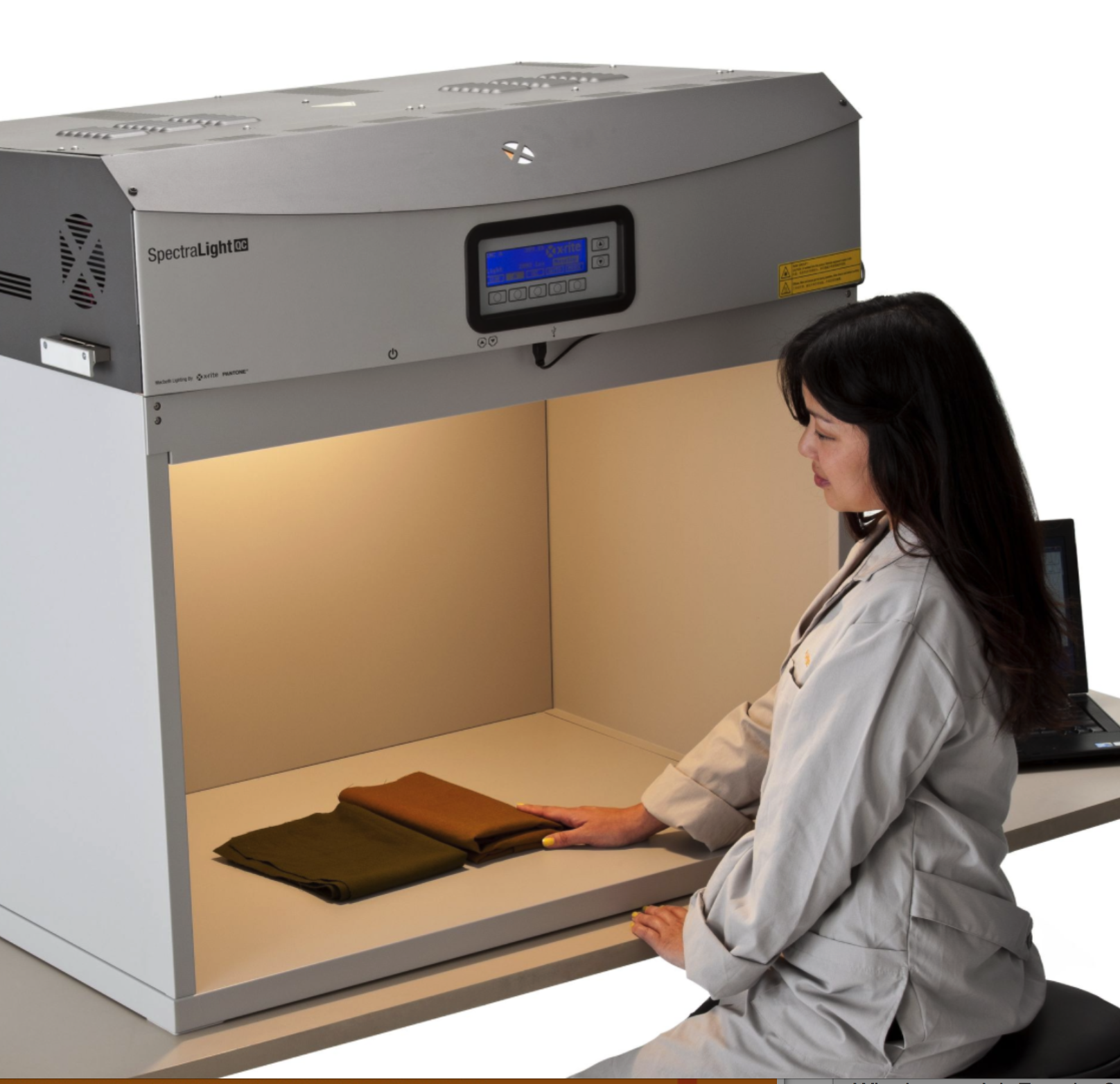In an effort to reduce costs and keep up with demand, many U.S. textile and apparel companies are turning to global markets for their raw materials. According to a recent study by The University of North Carolina at Greensboro, this trend has been spurred by trade agreements, and it’s putting a lot of pressure on manufacturers to find suppliers with high quality raw materials at low prices.
Since final products are only as consistent as their raw materials, working with a variety of sources can be challenging. Luckily, these challenges can be fixed with a few simple color management tools. Read on to learn how adding a few simple tools to your color management arsenal can make it economically feasible to source from anywhere in the world.
While checking the color of incoming dyes is often part of the production workflow, many manufacturers forget to also verify the color and texture of the incoming substrate. Take wool and cotton for example. Fabric spun in Asia will be quite different than fabric from the Carolinas. Different textures absorb dyes differently, and the color of the fabric will certainly mix with the color of the dye to impact the result.
If you use the same color dye on two different substrates with even a slight difference, you’re not going to get a matching result. When these fabrics are sewn together or sold as sets, even a slight color difference will be noticeable. People seeking the special qualities of fine fabrics certainly won’t pay for products that don’t match.
The solution is simple – monitor the color of raw materials before they are put into production.
Color management saves the day for Ultimate Textile
We spoke with Ultimate Textile Inc., a long time X-Rite customer, to find out how they manage this process. They receive griege fabrics from the mills and processes them according to customer specifications for a variety of end uses, including upholstery, high-tech fire-resistant uniforms, ballistic vests, tote bags and more.
Much of the fabric is woven from natural fibers that come from all over the world. “Because they are natural fibers,” owner Anthony Guarriello explains, “colors can range widely, so our first step is to normalize the color as much as possible using bleaching or scouring processes, depending on the fiber.”
Here’s Ultimate Textile’s color managed workflow for achieving consistent color on fabrics.
- Measure the color of the incoming substrate.
Spectrophotometers are color measurement devices used to capture and evaluate color accuracy throughout production. Although many textile manufacturers use benchtop devices like the Ci7800 for their color measurement needs, Ultimate Textile chose the Ci64UV sphere spectrophotometer for it’s accurate portability. “I can take my Ci64UV around the plant with me, measure several different things, download the data into iMatch, evaluate the results, and print out reports as necessary.” says Guarriello. - Formulate the dye color.
The reflectance values recorded by the spectrophotometer are read into X-Rite Color iMatch software, which matches the reflectance value to the reflectance value of the dyes and generates a formula that will achieve the correct color on that specific fabric. Putting the right fabric with the right dyes in the infrared dying machines, Ultimate Textile can replicate fabric colors with little variation. Ultimate Textile also uses Color iMatch to process, aggregate, and report on color performance in their mixed instrument environment.

According to Guarriello, “Guessing is expensive. While you may be talking about mils and hundredths of grams in the lab, you multiply that by thousands for production. If there is a small error in the lab, you end up with a gigantic error in production.” - Visually evaluate under multiple light sources.
Although spectrophotometers and color management software can tell you if your colors are within tolerance, you need to make sure those colors remain true once they’re assembled. A light booth should be used to verify color acceptability under multiple light sources. Ultimate Textile uses X-Rite lighting systems in the sample room, dyers’ office and lab to ensure they’re making good color decisions. Read More
A smart investment with a huge payback
To learn how X-Rite’s solutions can help you effectively source from multiple suppliers, check out our textiles brochure, or get in touch. We’re happy to help you find the best solution for your specific workflow.




